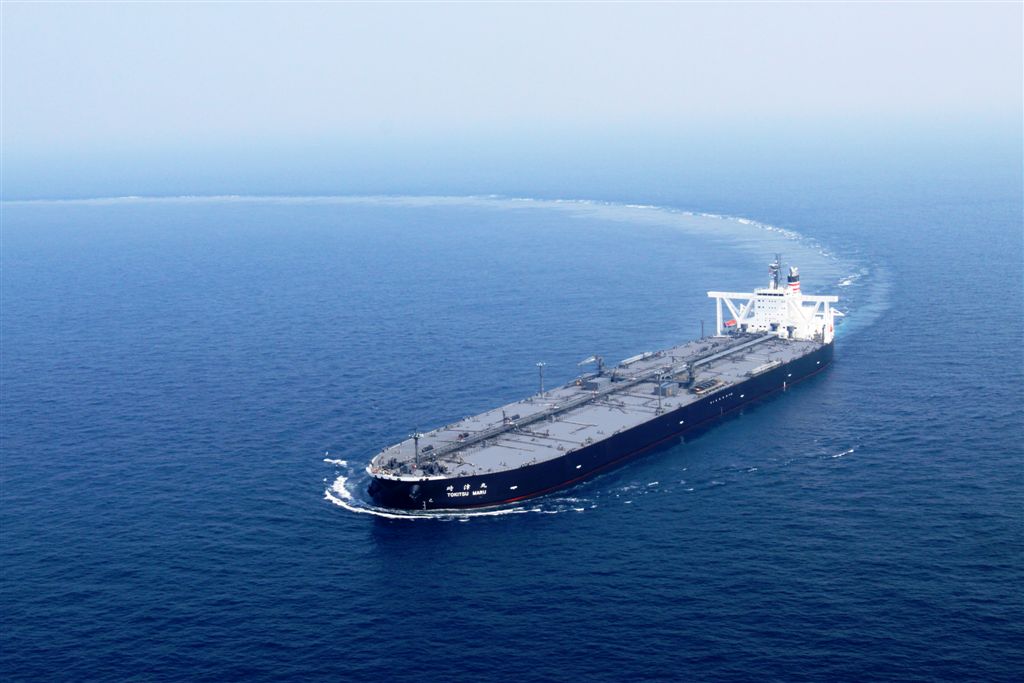The increase in Iran’s oil exports after the lifting of sanctions has been “more modest” than the country intended, according to the International Energy Agency.
Iran increased oil output by 300,000 barrels a day this year to a four-year high of 3.2 million a day in February. That is less than the 400,000 barrel-a-day increase Iran itself has reported, the Paris-based agency said. Even after sanctions were eased following the completion of Iran's nuclear deal, the country still faces obstacles to selling crude to Europe, one of its main export markets before the trade restrictions were imposed in 2012, Bloomberg reported.
“Iran’s return to the market has been less dramatic than the Iranians said it would be,” the IEA said in its monthly report on Friday. “Progress in ramping up crude sales has been somewhat slowed by the wariness of banks and shipowners to do business with Iran.”
The nation’s crude exports in February rose to above 1.4 million barrels a day, compared with about 1.15 million just before sanctions were eased, the IEA said.
Preliminary data suggest shipments in March will expand by a further 150,000 bpd, it said. Before additional sanctions were imposed in 2012, Iran was exporting about 2.2 million bpd, with Europe accounting for about 600,000 barrels.
Iran managed to sell some crude shipments to Europe in February, adding up to a flow of about 140,000 barrels a day, the IEA said. Refiners, including France’s Total, Spain’s Cepsa and Lukoil's trading arm Litasco, purchased crude from the Middle Eastern country. The first tanker of Iranian crude since 2012 arrived in Europe earlier this week.
Buyers in Asia, some of which were still able to purchase Iranian crude during the sanctions, have stepped up their purchases, according to the report. South Korea has imported about 200,000 bpd so far this year, double last year’s level.


